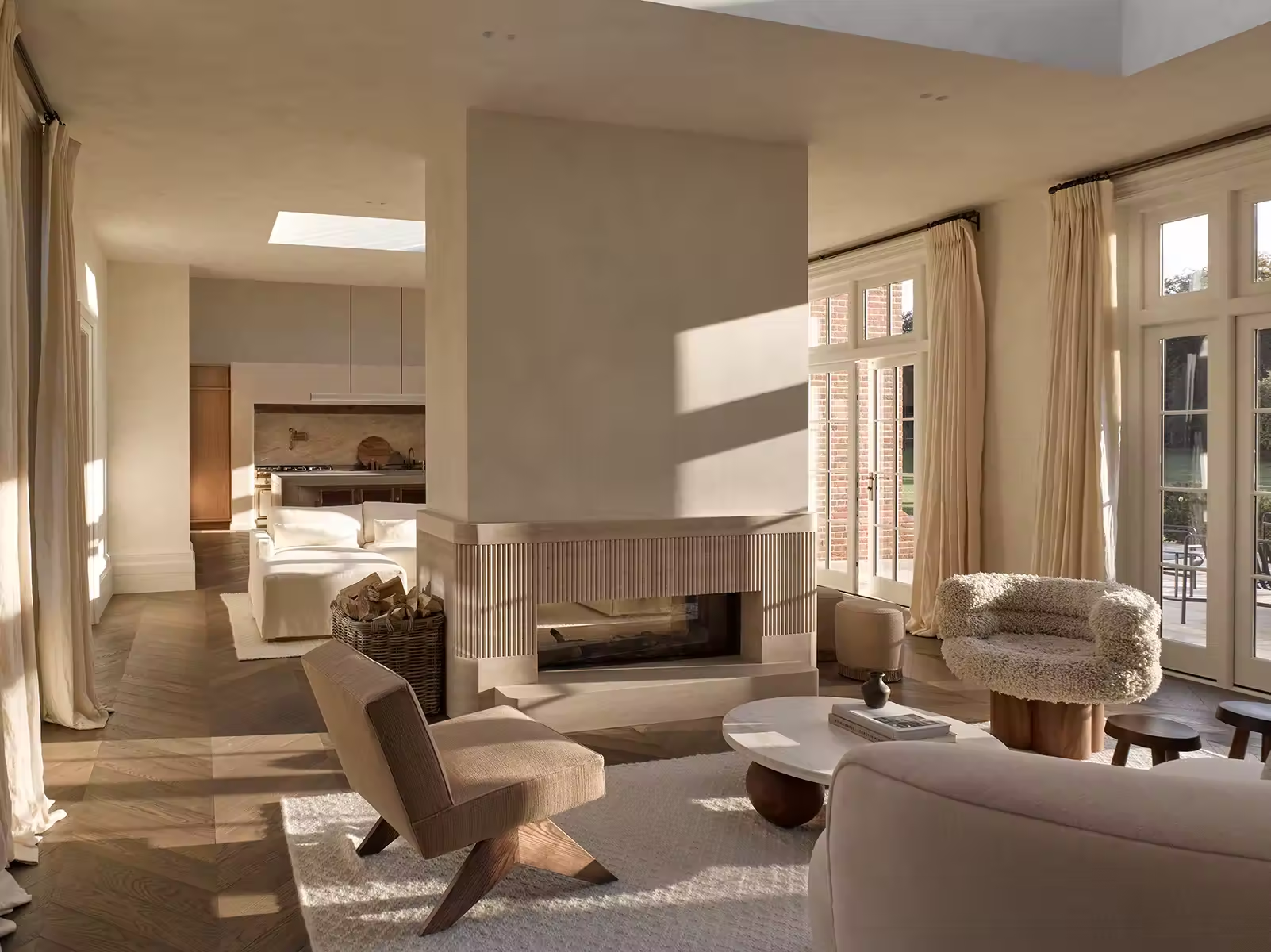How to Choose the Best Property Photographer in London
In London's fast-paced property market, eye-catching photography is no longer a luxury—it's a vital marketing tool that drives viewings, boosts offers, and accelerates transactions. But with so many photographers and agencies offering property photography services, how can you choose the right one?

1. Look for Specialisation in Property Photography
Not all photographers are created equal. While wedding or portrait photographers may have impressive portfolios, property photography is a distinct discipline. Look for professionals who specialise in:
- Residential or commercial real estate
- Interior and architectural photography
- Airbnb and short-term rental listings
A specialist will know how to work with lighting, angles, and space to showcase each room to its fullest potential.
2. Understand the Services Offered
Property photographers in London often provide more than just still images. Ask about:
- Floor plan creation
- 360° virtual tours or Matterport scans
- Drone photography for exteriors and location context
- Twilight or dusk shoots
Depending on your requirements and budget, a comprehensive service package may offer the best value.
3. Examine Portfolios—But Ask How They Were Created
An impressive website portfolio can be misleading. Always enquire:
- Was the portfolio shot by the same people doing your job?
- Are the images retouched consistently by in-house employees, or outsourced to random overseas retouchers using different approaches?
- What gear and workflow were used?
Focus on consistent quality and a bespoke approach, not just marketing. If you're paying a premium, the work you receive should reflect the same level of care as the best examples from their portfolio over the years—not a watered-down version done on a tighter budget.
4. Break down the cost
What percentage of the fee goes towards actual photography and editing, as opposed to marketing and overheads? While many London-based agencies claim to deliver the best results, the real question is: who offers the most value for your money — and how can you tell the difference?
A telltale sign is transparency. If a company withholds details about their equipment or creative team, it's likely because they have little to show. Around 90% of larger property photography firms outsource work to temporary freelancers — often paid as little as £30 per job. These freelancers use varying kits (typically worth under £3,000), produce inconsistent styles, and are frequently prevented from liaising directly with clients.
Your carefully lit interior could end up as a generic, overexposed HDR image — lacking warmth, atmosphere, or intentional design. Only properly prepared photographers will take the time to minimise reflections from artwork, use polarising filters, or set up diffusion curtains to achieve considered, nuanced results.
5. Equipment Matters More Than You Might Think
The camera and accessories matter more than many realise. While many agencies still rely on standard DSLRs, those using medium format systems—such as the Hasselblad X2D—offer a distinct edge. These cameras capture finer detail, more accurate colour, and greater dynamic range, making interiors look crisp and luxurious even on huge prints rather than flat or blown out. Each photographer should use flashes where needed; those large companies often can't hire photographers with that equipment, as they allocate most of their income to marketing.
Can't get a clear view of your art paintings on the walls because of glass glare? Only the best-prepared photographers use polarizing filters to reduce reflections, or take extra time to use diffusion curtains combined with underexposed shots.
When you're marketing a high-end space, this level of precision makes a difference—especially in natural light or complex lighting conditions. It's wise to stay with small teams of passionate creatives.
6. Seek Out Small Teams with In-House Editing
One of the biggest differences in quality comes after the shoot. Agencies that outsource editing—especially those using low-cost overseas services—often suffer from disjointed workflows. Photographers typically capture the same frame multiple times, with different exposures and flash lighting to highlight various elements of the scene. It's the retoucher's task to blend those pieces into one, but without photographer-retoucher communication, it's impossible. Photographers have little say in the final product. The result? Inconsistent photos that don't match the carefully curated images shown in the company's portfolio.
On the other hand, studios with dedicated in-house retouchers can ensure the same creative vision and technical standards are carried from capture to final edit. You get tailored adjustments—not cookie-cutter processing—and editorial-style results that are refined, elegant, and reliable.
7. Be Cautious of Agencies Promising Ultra-Fast Turnaround
Watch for cheap marketing hooks: £179 next-day deals may just be freelancers in disguise—equipment and consistency often suffer. Quality demands investment. Each image takes real time to perfect. Top-tier services aren't cheap, but they deliver more value.
Fast delivery is important—but quality takes time. For high-resolution images, each photo can take upwards of an hour to retouch properly. Rushing that process usually means skipping important refinements like exposure balancing, colour correction, distortion control, or careful removal of visual distractions.
Look for professionals who balance efficiency with care—those transparent about the time and process involved in producing premium images.
8. Compare Pricing (But Don't Choose on Cost Alone)
Rates for professional property photography in London can vary depending on the location, size of the property, and services included. While it might be tempting to choose the cheapest option, consider:
- Image quality and consistency
- Turnaround time
- Licensing (ensure you can legally use the photos for marketing)
Investing a bit more for polished, professional photos can pay off through faster sales and higher perceived value.
9. Check Licensing and Usage Rights
Make sure you have the right to use the images in brochures, on websites, and across platforms like Rightmove or Zoopla. Clarify:
- Is the license royalty-free?
- Can the agency reuse the images for future listings?
Always get this in writing to avoid legal complications.
10. Prioritise Safety and Professional Standards
When inviting a photographer into your property—especially for high-end listings or vacant homes—security and professionalism matter.
From experience working with large property photography companies, it's clear that many do not request or verify essential documentation from their freelance photographers. This includes:
- Proof of identity
- Public liability insurance
- DBS (Disclosure and Barring Service) checks
- Professional indemnity cover
This lack of vetting may raise serious safety and liability concerns. You should never have to wonder who is entering your property or whether they are covered in the event of accidental damage.
Reputable studios and smaller professional teams take this seriously. They ensure all staff are properly insured, trained, and background-checked—giving you peace of mind whether the shoot takes place in a luxury penthouse, tenanted property, or private family home.
Before booking, don't hesitate to ask for confirmation of credentials and insurance cover. It's not just about quality images—it's about trusting the person behind the lens.
Final Thoughts
London offers no shortage of photographers—but few consistently deliver high-end, editorial-quality results. Choosing the right one isn't just about speed or price. It's about working with people who value craft, detail, and excellence—from the camera choice to the final retouch.
Studios that invest in top-tier photography equipment (often £16,000+ per kit) and employ dedicated, in-house teams—such as Estate Image Solutions—tend to offer far greater consistency, reliability, and creative control. Your input will be valued, your requests honoured, and your property will be shown at its very best.
If you're serious about elevating your property marketing, partner with a team that shares your commitment to quality—from the first shot to the final edit.


